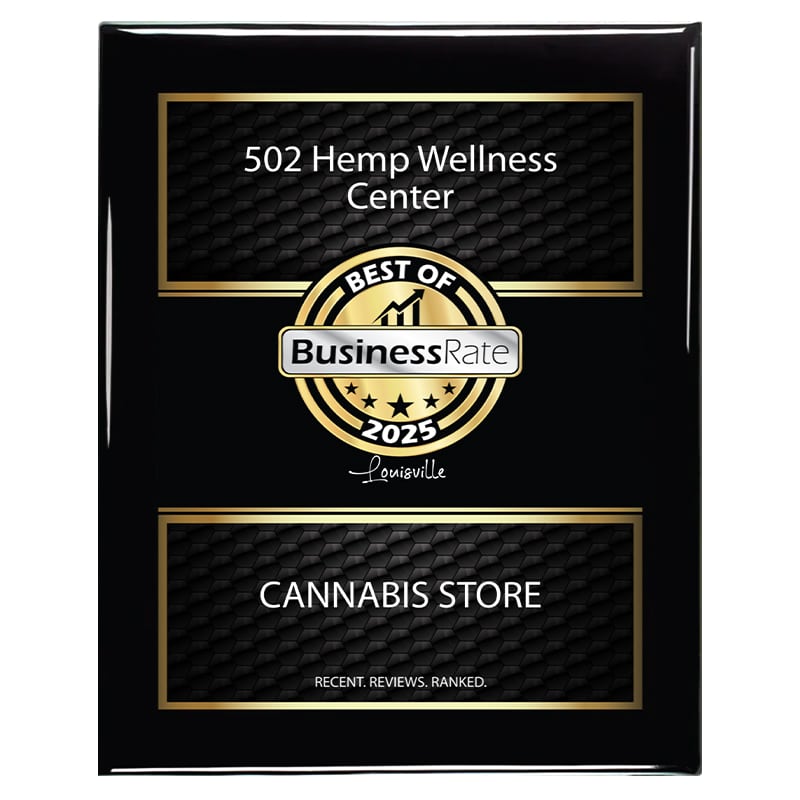Dr. Ryan J. McKinnie, Chief Scientific Officer of Commonwealth Extracts LLC., responds to statements and understandings concerning two hemp extract processes used for CBD Oil. He addresses Alcohol Extraction & supercritical CO2 extraction in bold print following the statement.
- There are many differences between the extracts of carbon dioxide and alcohol involving polarity, bio-availability and ester formation. Carbon dioxide is a liquid gas and only extracts the non-polar chemicals of a plant.
Carbon dioxide used in extracting cannabinoids from hemp is a supercritical fluid not a liquid gas. This means that the carbon dioxide is kept at a specific temperature and pressure where it acts as a solid, liquid, and a gas simultaneously. Supercritical CO2 does not only extract the non-polar components of the hemp plant but the polar components as well as is evidenced in the extract containing both neutral as well as acidic cannabinoids. The extraction efficiency is measured by UHPLC analysis of the raffinate (post-extracted flower) to ensure that all cannabinoids have been extracted.
- Alcohol is a solvent that is made due to plant fermentation and is a by-product of plants themselves.
Alcohol is an extremely broad term in chemistry that is used to describe any compound that has an alcohol group in its chemical structure (-OH). This includes simple alcohols such as methanol and ethanol all the way to complex compounds such as cannabinol (CBN). Ethanol is the primary solvent in cryo-ethanol extraction of hemp and can be derived from fermentation of plant material (typically corn) but it can also be synthesized on a large scale in chemical plants.
- It is a solvent made by the plants for the plants. Alcohol is also the only solvent that maintains the original chemical ratios contained in the plant. This is due to alcohol extracting both water soluble and oil soluble components.
The downside to ethanol-based extractions is that it extracts too much from the hemp plant and thus produces an inferior extract. Ethanol extracts are typically much lower in cannabinoid content due to the fact that they extract more chlorophyll, waxes, fatty acids, and lipids from the hemp plant. This results in an extract that is more difficult to process into more refined products. Supercritical CO2 extraction is able to efficiently extract the desired cannabinoids and terpenes while leaving behind up to 80% of the undesired waxes and fatty acids. This results in an extract that is much easier to work with and has a higher percentage of cannabinoids.
- The use of carbon dioxide results in a very limited extraction of the plant. Since the extracts of carbon dioxide are non-polar; carbon dioxide extracts are not water-soluble.
No cannabinoid-based extract is in any way water soluble.
- This plays a vital role in bio-availability.
The way that bioavailability of cannabinoids work is through binding affinity to the cannabinoid receptors located throughout the human body. CB1 receptors located in the central nervous system produce the “high” effects from binding of THC to the CB1 receptors, THC has a high binding affinity to these particular receptors; however, CBD does not. There is no difference in binding affinity of any hemp extract regardless of what method is used to extract it. It is strictly based on the amount of cannabinoids that are in a particular extract or white label product. One molecule of CBD in an ethanol-based extract has the exact same binding affinity to the CB2 receptor as an extract made with butane or supercritical CO2. Bioavailability may only be changed in a few ways. These include different routes of administration such as sublingual, intranasal, rectal, and IV being much more bioavailable routes than simple ingestion. The other way is nano-encapsulation of the cannabinoids making them more bioavailable in the gastrointestinal tract.
- Since our bodies are 70% water, oils must be digested by different acids and enzymes to become active.
This is not the case due to cannabinoids being extremely fat-soluble molecules and not water soluble in the slightest. This is why THC takes so long to leave the body and can show up on drug tests weeks after use.
- During this digestion process, the active ingredients of the oils are degraded. Since alcohol is both non-polar and polar, it can dissolve a much wider range of molecules that includes almost all of the plant’s medicinal oils, polysaccharides, carboxylic acids, and other beneficial chemicals. In other words, alcohol dissolves both water and oil soluble chemicals found in the plant while carbon dioxide can only dissolve the oil-soluble chemicals. In terms of keeping the plant whole and together, alcohol is the only solvent for the job.
Ethanol is a polar solvent. Cannabinoids and terpenes are non-polar compounds and through the use of supercritical CO2 as the extraction solvent, temperatures, and pressures they are able to be targeted and extracted more efficiently while leaving behind unwanted compounds.
Ester Formation
- Something else that happens with alcohol extraction is ester formation. Esters are formed when an organic acid combines with alcohol. When a carboxylic acid is esterified it changes into a more water soluble, bio-available form.
This is completely false and does not occur during ethanol extraction. The carboxylic acid groups of acidic cannabinoids do not have a low enough pka to lose their proton under those conditions in order to catalyze that type of esterification reaction with ethanol to form the corresponding ethyl esters.
Taking Alcohol Extracts to The Next Level
- Spagyrics is a method of transforming a plant’s extracts using only the chemicals contained within the plant. It consists of recombining the oils and minerals of a plant in an alcohol solution. Alcohol is the only solvent that can dissolve both oil and salt.
This is not true at all, there are hundreds of solvents that can dissolve these things.
- The addition of purified mineral salts has a huge effect on the oils of the plant in alcohol. When an ester is formed it makes water. Water balances out the equation and a certain percentage of esters are formed and the rest of the acids/oils are left un-esterified. When the purified mineral salts of the plant are added back it catalyzes the reaction by pulling water out of the solution. The result is that all the carboxylic acids of the plant are now esterified and neutralized. This turns all of the plant’s medicinal chemicals into a form that is more bio-available along with faster absorption times.. This form is best for effectively ingesting a plant’s natural chemicals and getting the most out of it.
Again through the method that they are describing, it is impossible to esterify those carboxylic acids without synthetic chemical processes (sodium hydroxide, hydrochloric acid, etc.). Most likely they believe that they are somehow magically esterifying their acidic cannabinoids but they are not actually doing that.
In Conclusion
- Alcohol extracts are far superior to any other method of extraction. It extracts the most amount of the chemicals compared to any other solvent.
It extracts too much unwanted material from the hemp plant, whereas supercritical CO2 specifically targets the cannabinoids and terpenes.
- To add, it also can esterify vitamins, oils and other medicinal chemicals making them more bioavailable and water soluble.
This is an untrue statement unless through the use of synthetic chemical process.
- Taking it a step further with the spagyric method, adding the purified minerals of the plant continues to make more esters and then neutralizes them. This method is far more advanced than any other patented method of extraction and purification and only involves using the plant’s naturally contained chemicals. These products can easily be organically sourced.
This does not occur in the way that they are describing it.
*bold print Dr. Ryan McKinnie’s response















